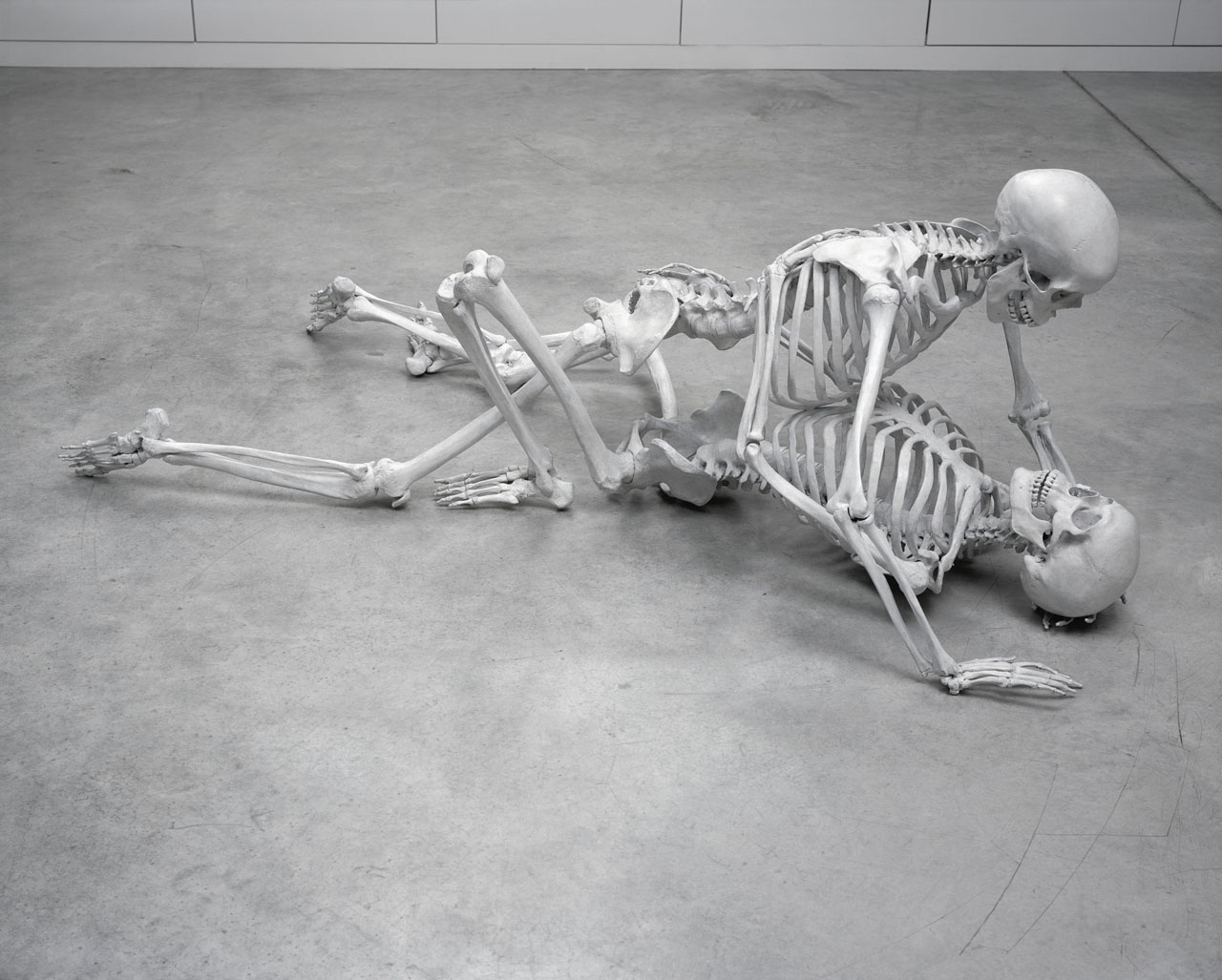
Foundation
Marc Quinn
October 5 → January 6, 2008
Gathering over forty recent works, DHC/ART’s inaugural exhibition by conceptual artist Marc Quinn is the largest ever mounted in North America and the artist’s first solo show in Canada
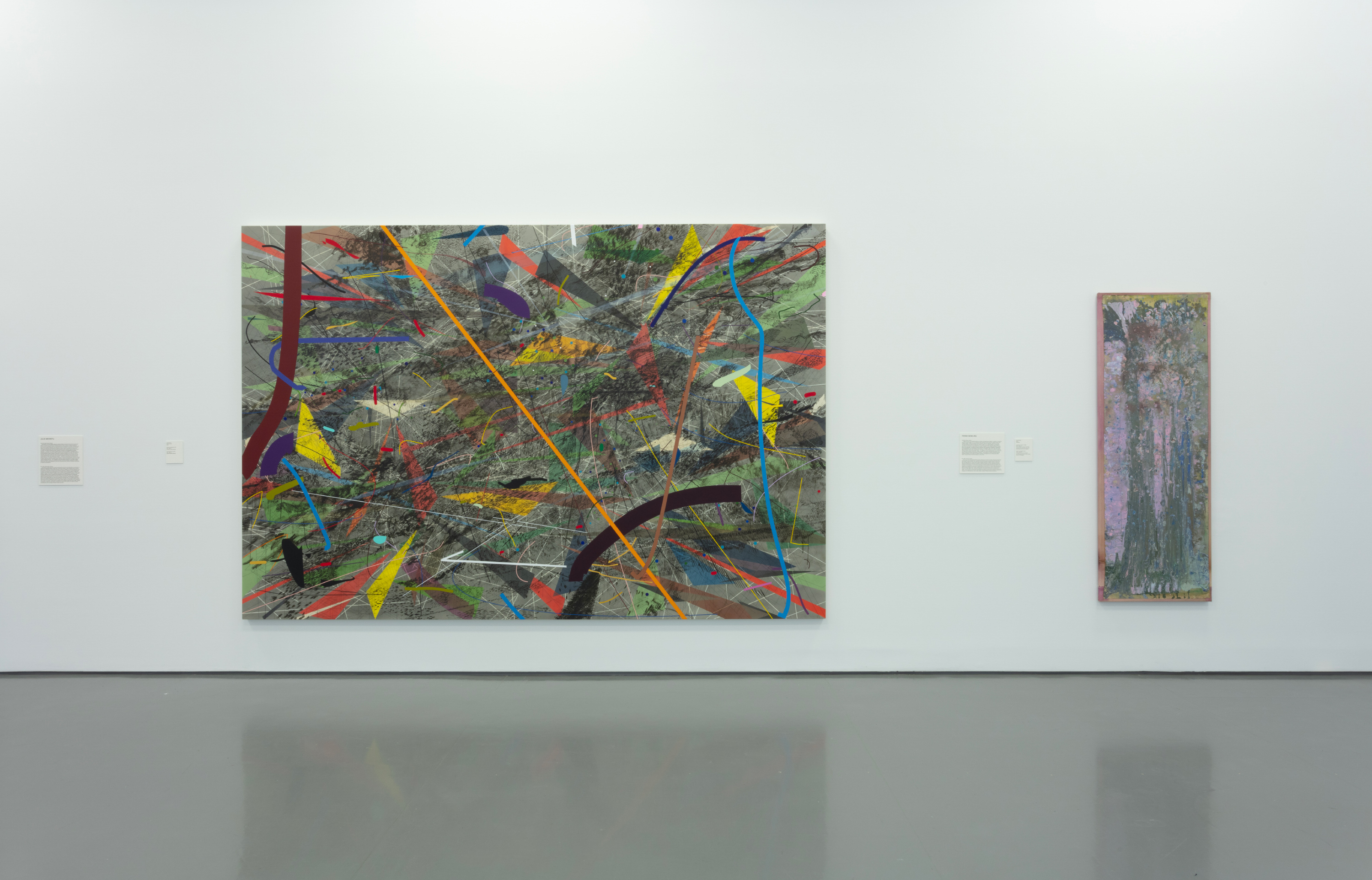
During our exhibition RELATIONS: Diaspora and Painting, which was presented at the PHI Foundation from July 8th to November 29th, 2020, we sat down with our curator Cheryl Sim to discuss the presence of music in the exhibition, in her curatorial vision and in her artistic practice.
VC: Introducing the exhibition to visitors, you wrote in the exhibition pamphlet that you wanted to “privilege a multiplicity of voices that would never let the discourse settle.” Visiting the exhibition, there is a sense of motion, a dynamism provoked by the different discourses and techniques of the artists. How did you negotiate this rhythm via the medium of painting and the concept of diaspora, given that exhibition spaces somehow seem to freeze time? How can concepts keep evolving?
CS: Indeed, each and every one of the artists in the show infuses their work with intense vibrations and a wide, dynamic range that really does create an affect of rhythm when experienced all together – and the concept of diaspora definitely lends itself to the idea of multiplicity and all it has to offer where every offering is genuine and vital. When you’re working with such strong works in this way, it makes the job of making it all sing really joyful and satisfying. Perhaps after having spent so many years negotiating these spaces, I’ve also developed a strong sense of how the different galleries communicate in order for the show to feel like it’s living and breathing – like understanding more intimately how a musical instrument really works. That’s really amazing to hear!!
VC: The artists in the exhibition have a practice in making music or sound. Was this a conscious choice?
CS: No, totally unconscious. I’m always amazed at how kinship works. It’s most often when I’m open and allowing myself to trust my instincts that these seemingly serendipitous links become revealed. I wasn’t aware at the outset that Larry Achiampong and Curtis Talwst Santiago had music practices. And now I recall that Marigold Santos has also made music as part of her work. But now of course, it all makes sense – like, of course!
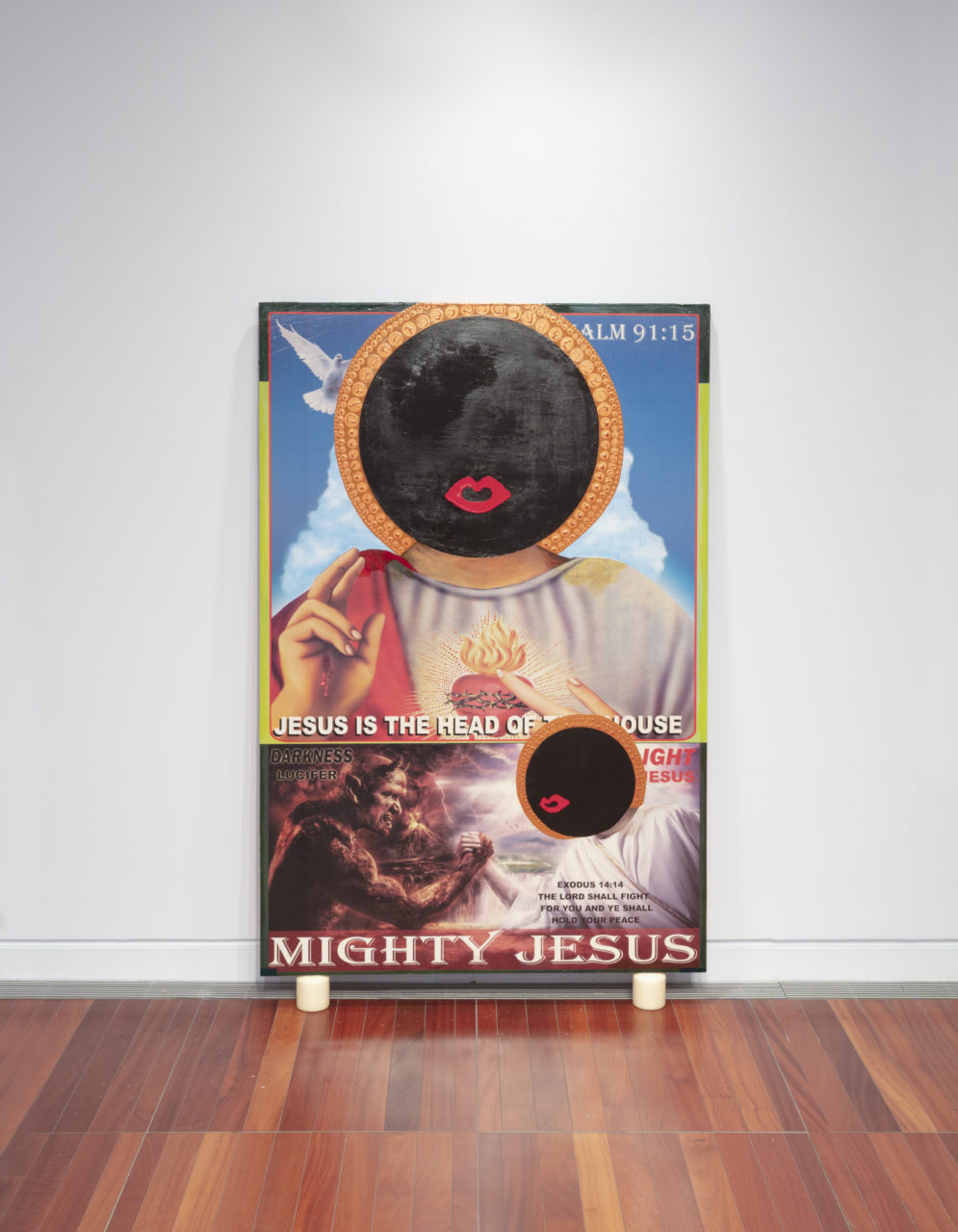
VC: You also wrote: “The relations in and between these artists’ works elicit melodies and counter melodies that build as each one is encountered, culminating in a rich and complex baroque fugue or jazz counterpoint. By adding our own melodic readings to the score, we too exercise the potential of a contrapuntal gaze.” How important is music in the concept of this exhibition and how does this latency affect and mediate the experience of the viewer?
CS: It was only after getting into really thinking about the works and the spectrum of their aesthetic offerings as well as the richness of their many questions and ways of looking at diaspora consciousness that it occurred to me that what was coming together was so analogous to music. And it surprised me that I hadn’t thought of this from the beginning. I realize now that I will probably always filter art’s readings through the lens of music in one way or another. I guess I can’t help it! I’m not sure to what extent visitors ‘hear the music’ so to speak, but I hope they do. I clearly invite them to think of the variety of proposals that way in the brochure essay – and maybe that invitation will help them hear those voices long after they’ve seen the show.
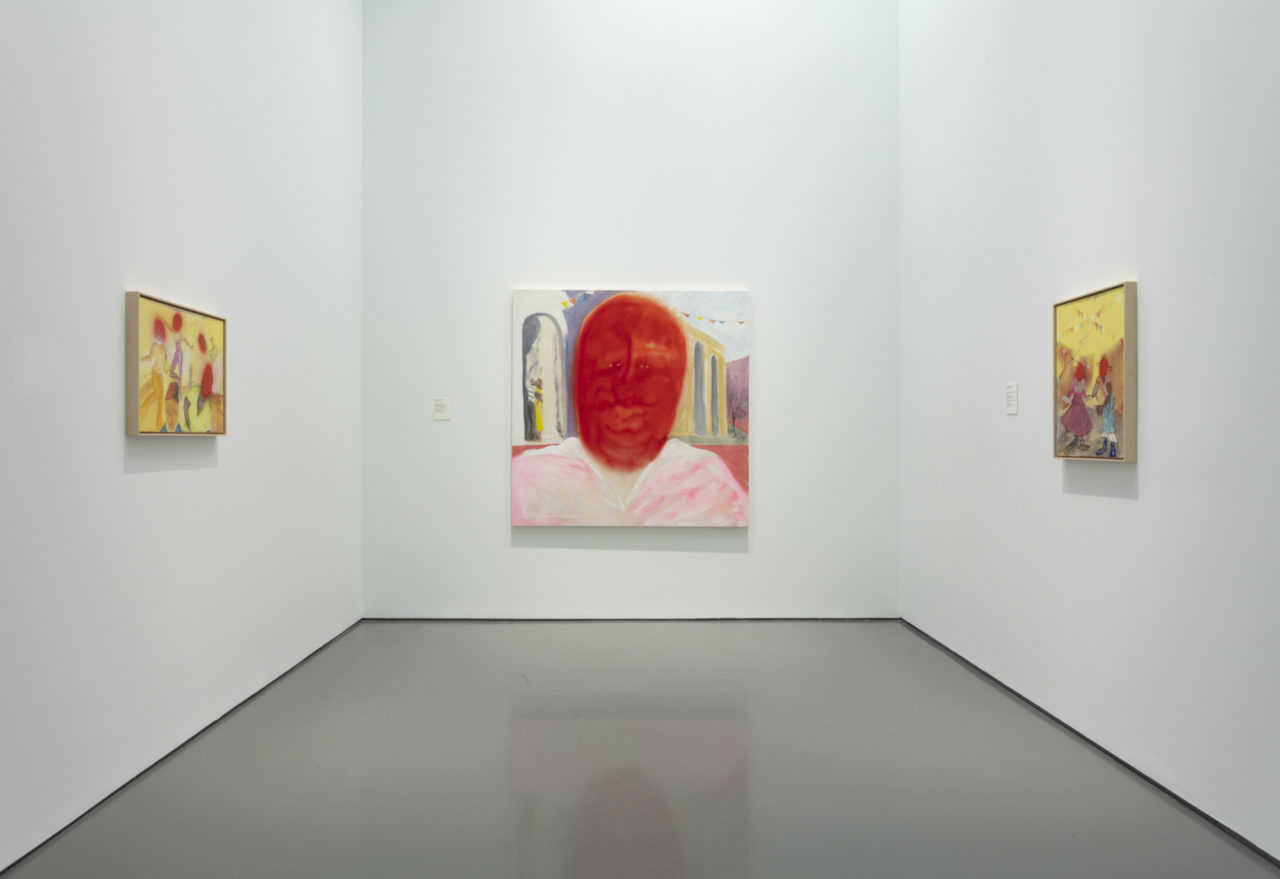
VC: Music plays an important role in what you have been presenting at the Foundation, either as live music gatherings or through the presentation of music and sound. I am thinking of GROWING FREEDOM: The instructions of Yoko Ono and the art of John and Yoko and Phil Collins. How do you identify with sounds in your own artistic practice? As curator at the foundation how do you mediate that interest through concepts to be shared and disseminated to an audience?
CS: Big question – and a wonderful one. Music definitely plays a huge role in my own artwork, and it is used in various ways; sometimes as a material, other times as a concept or a tool. In many ways, music can enhance our experience of reading visual art, as listening can sharpen our capacity to tune in to the qualitative and the poetic. It can get sort of synesthetic – to hear the painting. So I guess as a curator, I see my job as being a communicator and I look for as many entry points for people to make that communication as effective as possible. In this way, music will always be a vehicle of communication, however metaphorical, and I feel it’s really effective, like another language that we all have access to.

Foundation
Gathering over forty recent works, DHC/ART’s inaugural exhibition by conceptual artist Marc Quinn is the largest ever mounted in North America and the artist’s first solo show in Canada
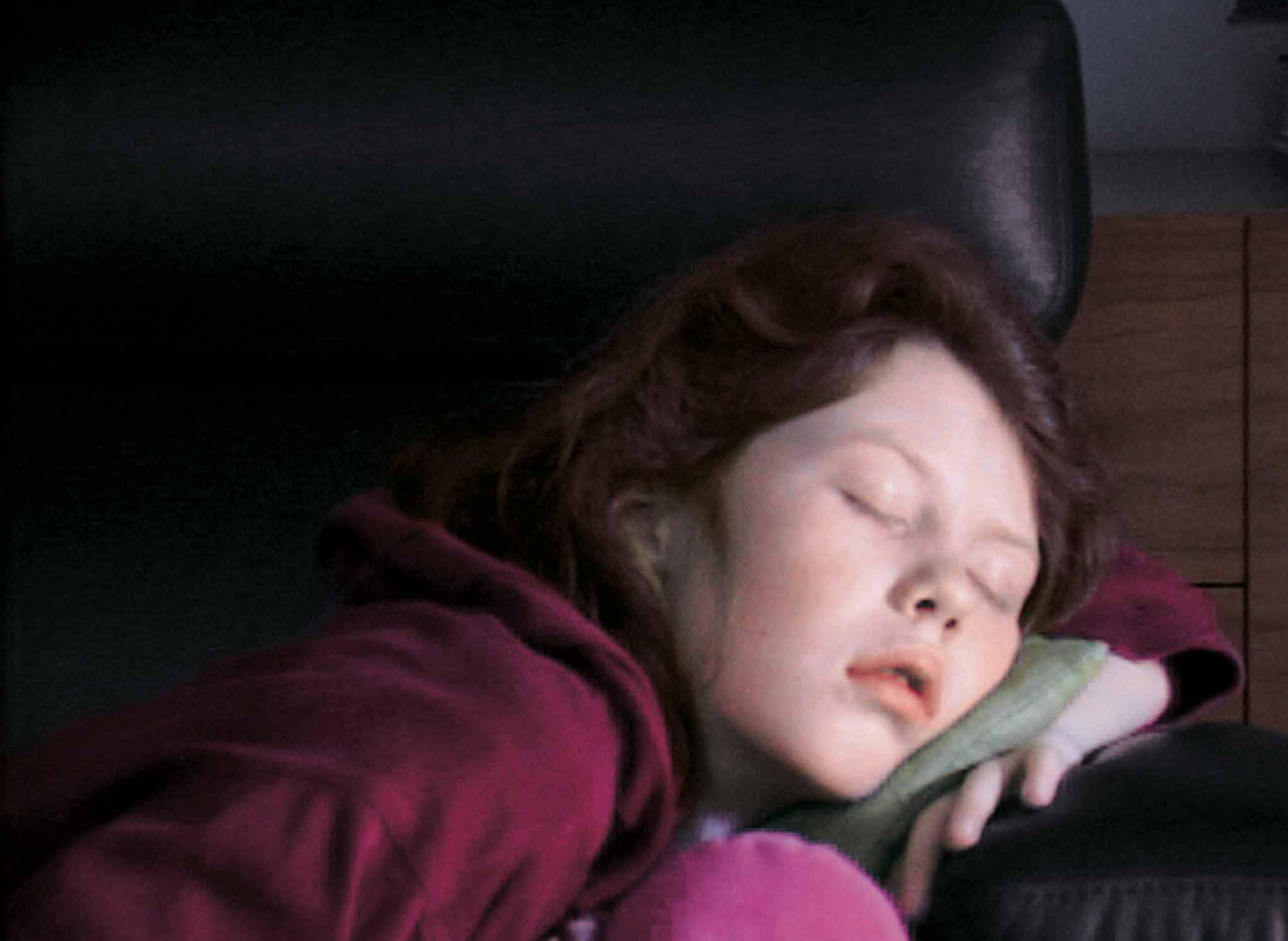
Foundation
Six artists present works that in some way critically re-stage films, media spectacles, popular culture and, in one case, private moments of daily life
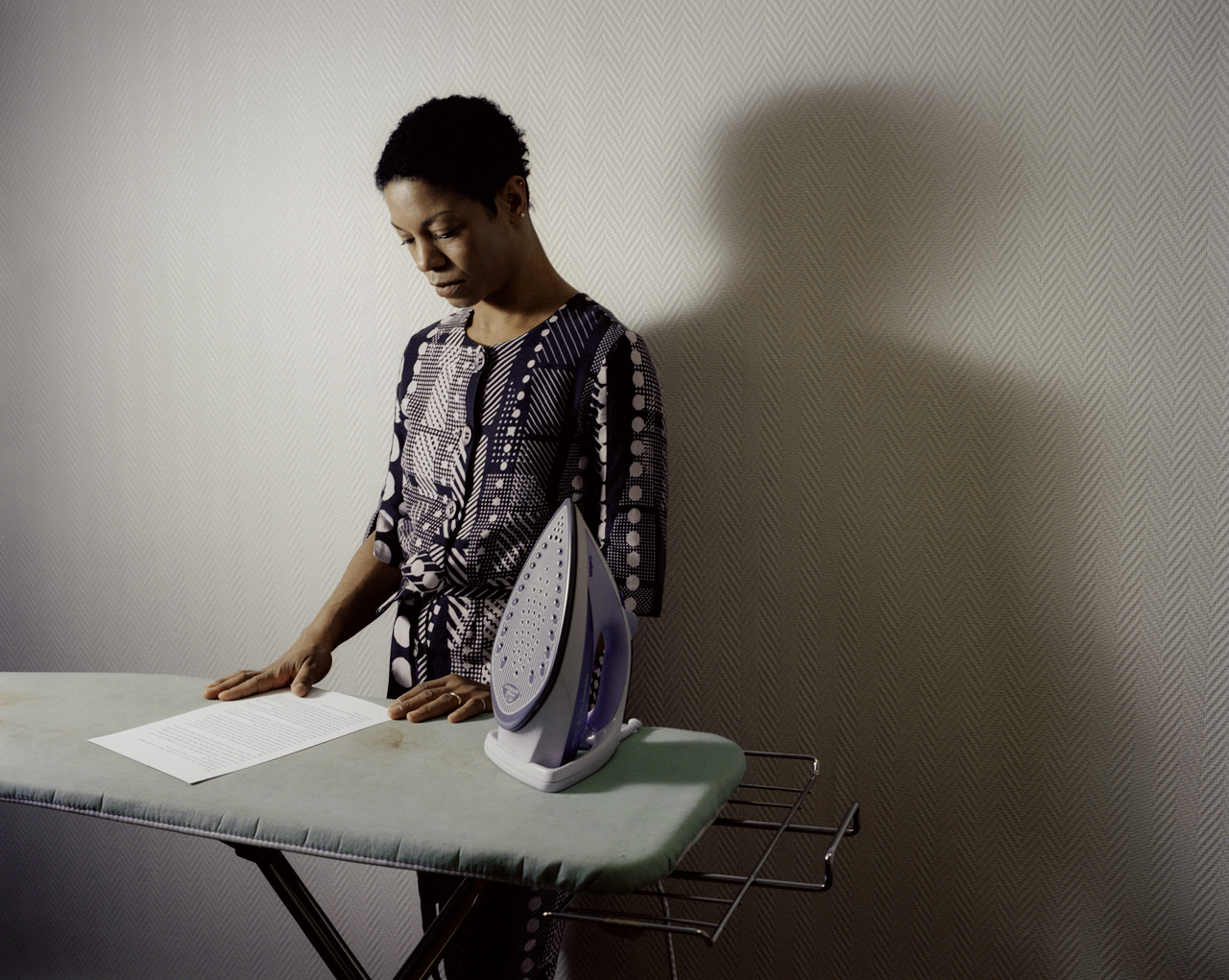
Foundation
This poetic and often touching project speaks to us all about our relation to the loved one
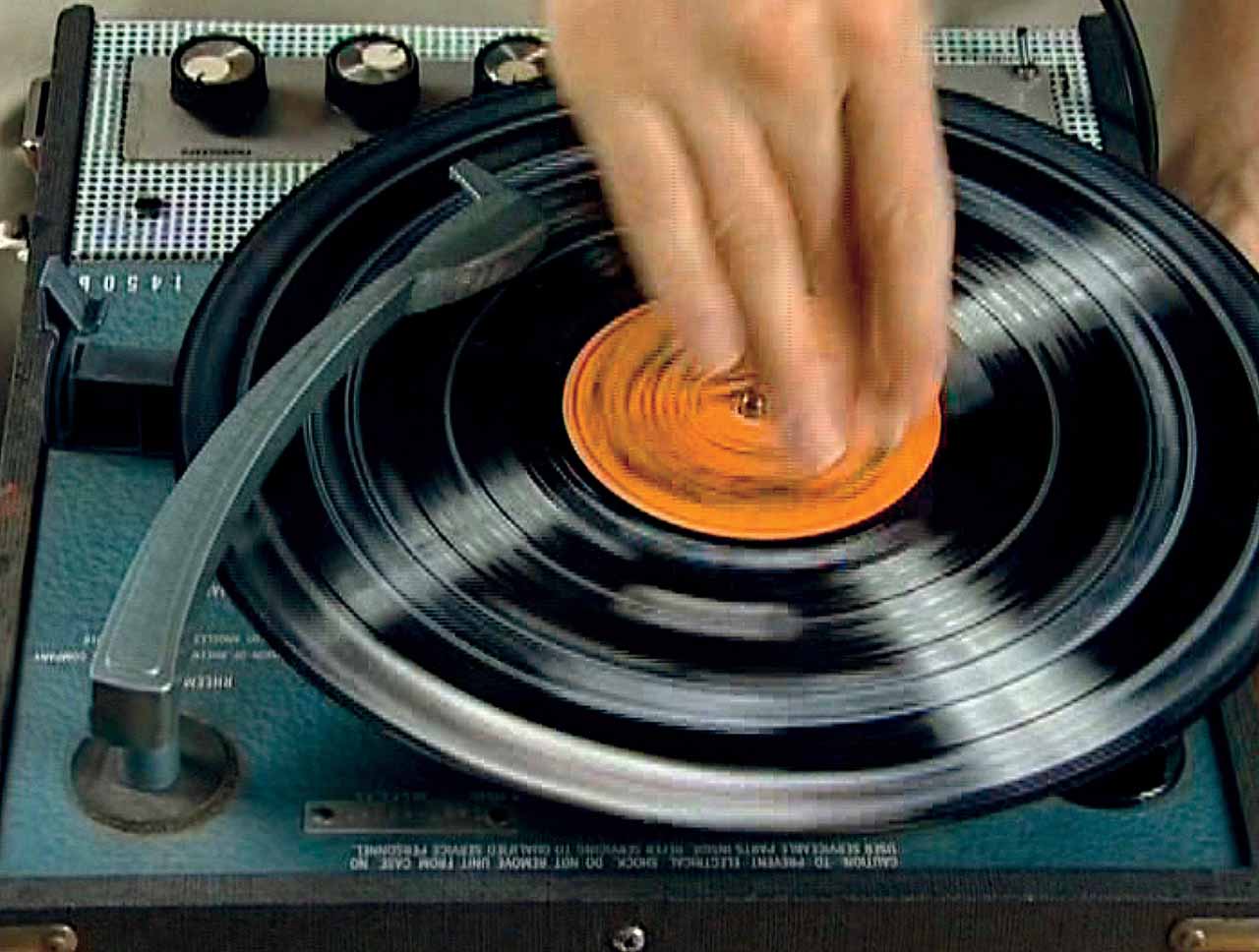
Foundation
DHC/ART Foundation for Contemporary Art is pleased to present the North American premiere of Christian Marclay’s Replay, a major exhibition gathering works in video by the internationally acclaimed artist
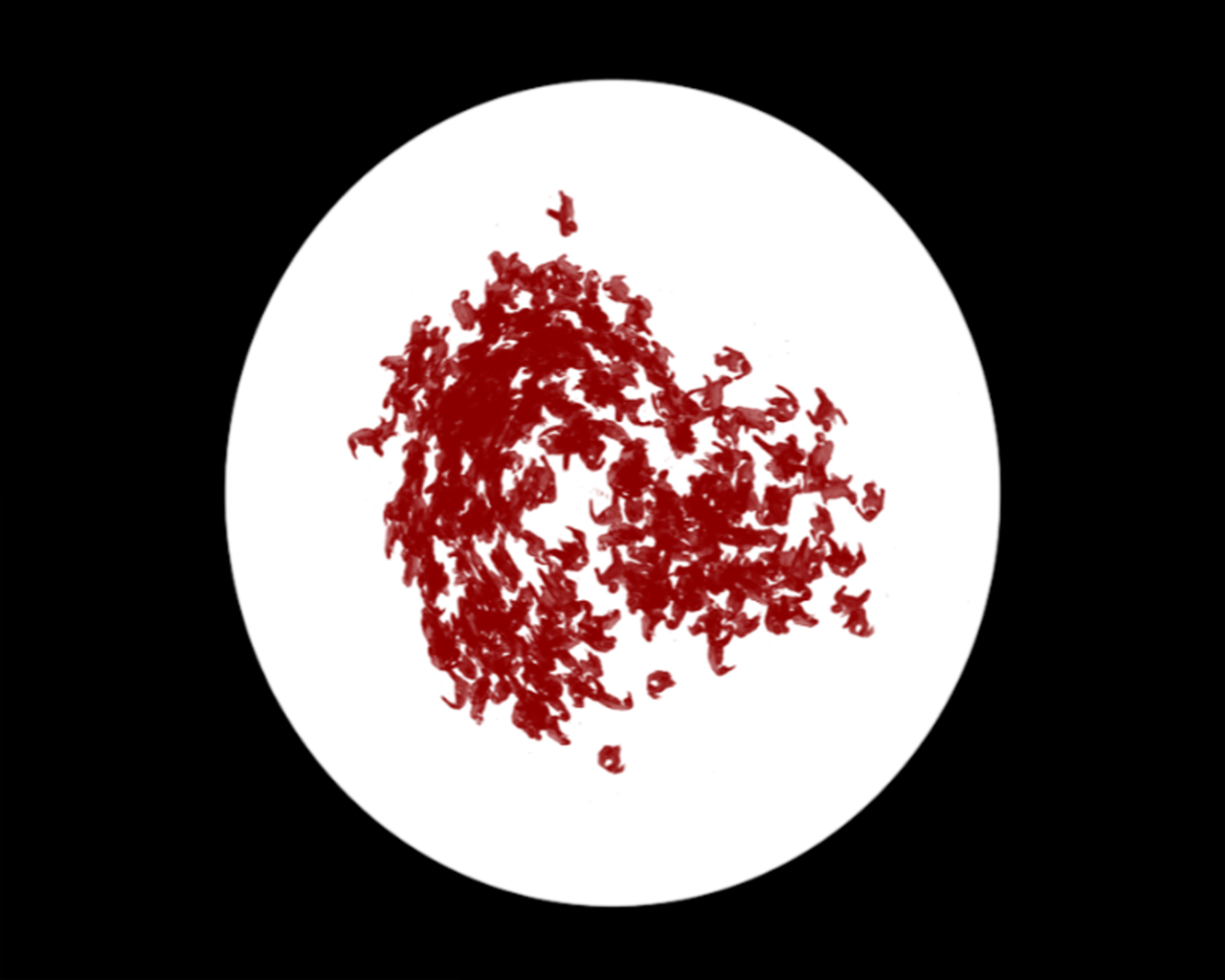
Foundation
DHC/ART is pleased to present Particles of Reality, the first solo exhibition in Canada of the celebrated Israeli artist Michal Rovner, who divides her time between New York City and a farm in Israel
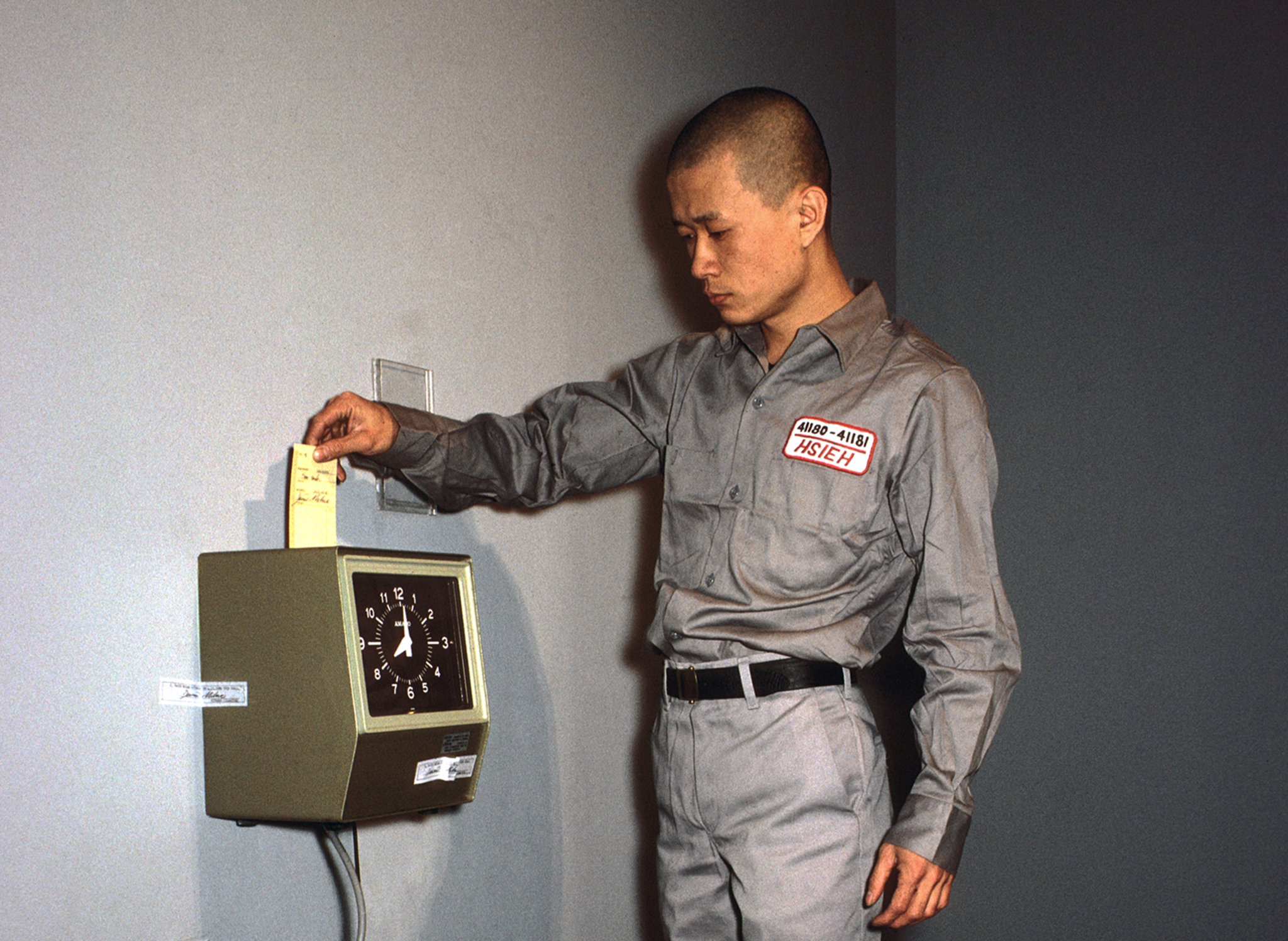
Foundation
The inaugural DHC Session exhibition, Living Time, brings together selected documentation of renowned Taiwanese-American performance artist Tehching Hsieh’s One Year Performances and the films of young Dutch artist, Guido van der Werve
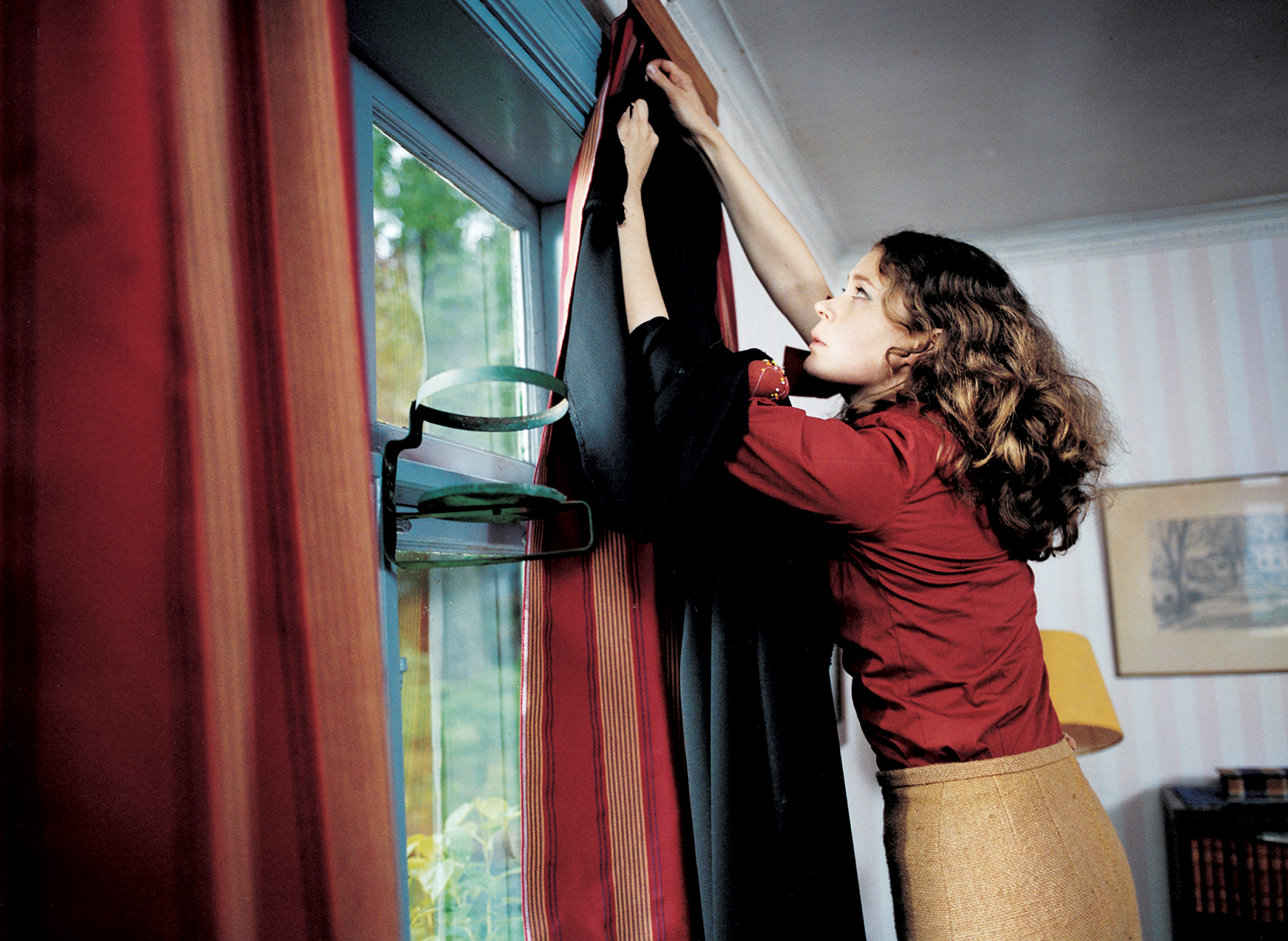
Foundation
Eija-Liisa Ahtila’s film installations experiment with narrative storytelling, creating extraordinary tales out of ordinary human experiences
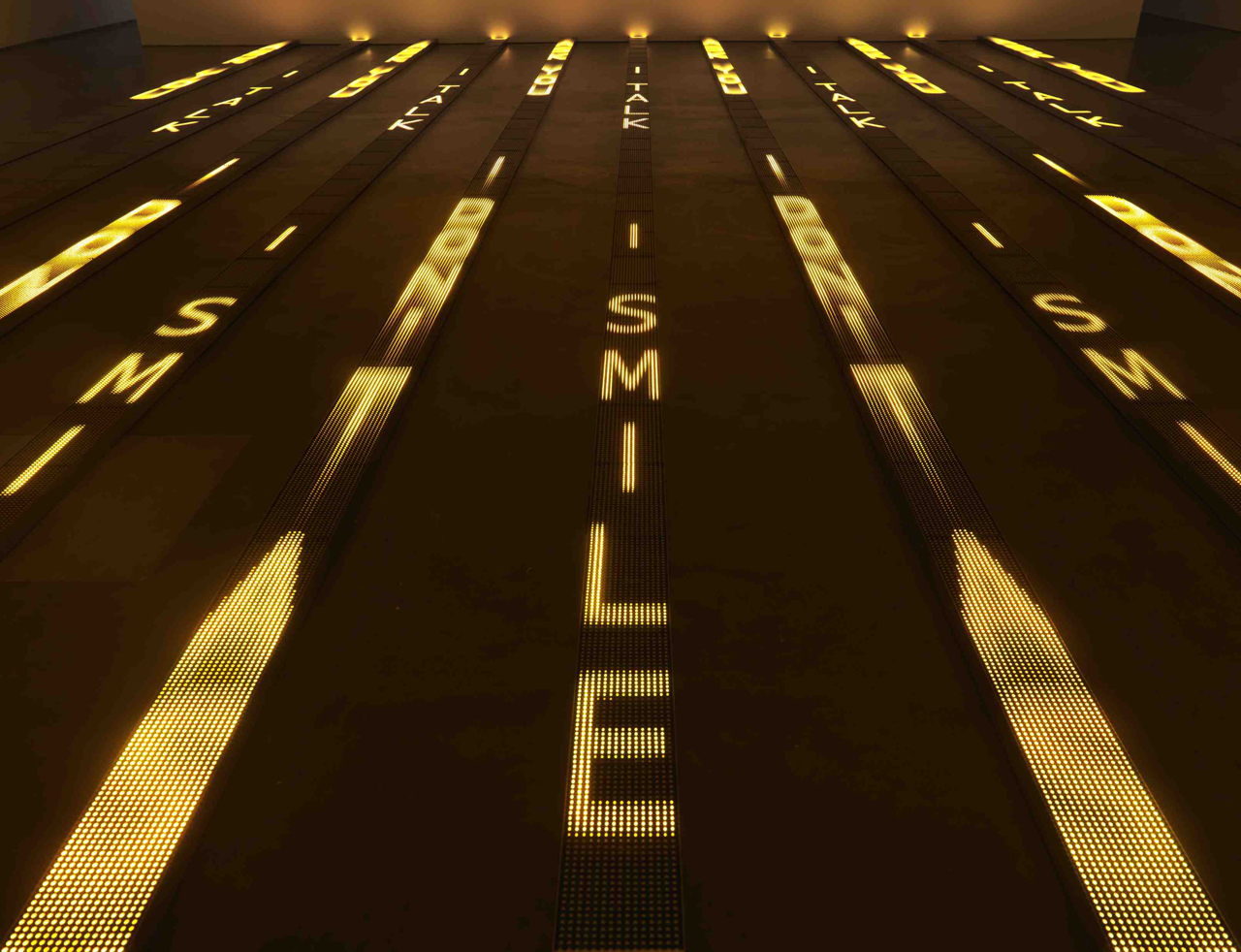
Foundation
For more than thirty years, Jenny Holzer’s work has paired text and installation to examine personal and social realities